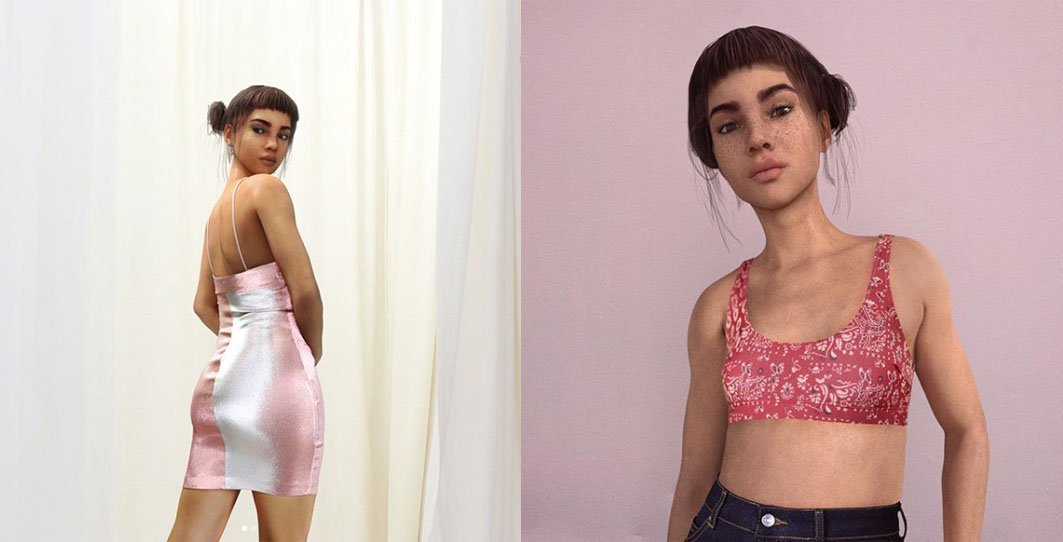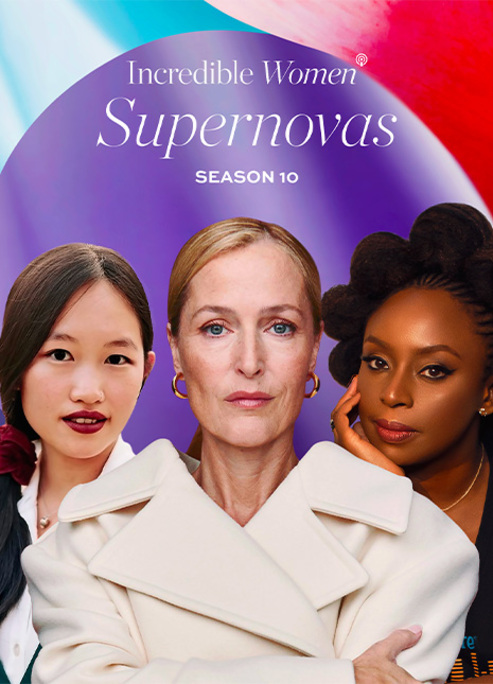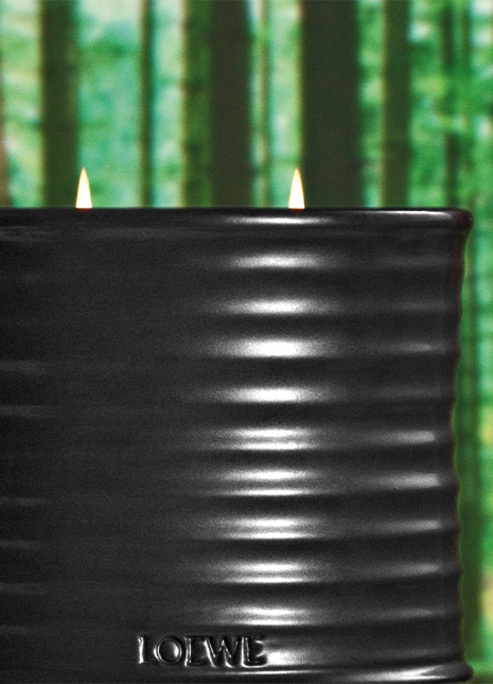The Real-Not-Real Instagram Model Everyone Is Obsessed With
Lil Miquela's Instagram fans can't decide whether she's real or a sim.
Photoshopped images, curated feeds, filtered photos, bots, influencer advertising: Instagram is our favorite augmented reality. Picking and choosing which images show themselves and their lives in the most favorable or potentially profitable way – even digitally manipulating photos into perfection – our go-to Instagrammers are providing an addictive edited fantasy, as far from real life as the sex in porn. But what happens when the script is flipped? What happens when an Instagramer acts like a real girl, whilst clearly not looking anything like one?
Despite presenting a glaringly obvious augmented reality through her computer-generated appearance, Lil Miquela's 278 thousand followers can't decide whether or not she is real – and like most Instagram it-girls it's unclear where the line between the fantasy and reality of Miquela's 'perfect' life starts and stops. Is the Lil Miquela profile actually a clever commentary on the make-believe of the digital landscape?
Some speculate that Miquela is the digitalised version of a real girl, whilst others are certain that her features are too exaggerated to be authentic. Of course, since activating the account in 2016, Miquela herself has never commented on this, continuing to post pictures in designer clothes, selfies with her trademark short bangs and double-bun hairstyle, and most crucially, pictures in physical places with models, artists and musicians. Last month, she even became a signed music artist, releasing her first single Not Mine on Spotify.
Perhaps the most believable “Miquelite” theory is that digital artist Nicole Ruggiero, who works exclusively with 3D models, is the real person behind the account; she commented on one of Lil Miquela's earliest Instagrams, and she shares a very similar hairstyle and facial features to Miquela. Ruggiero denies the claim, however.
“I think it’s a combination of a 3D model and a photograph. They’re taking a photo of an actual person and blending that with the model. There is a lot of work post-production on art and makeup,” computer-generation expert Dougie Cross tells the Independent.
What do you think?












